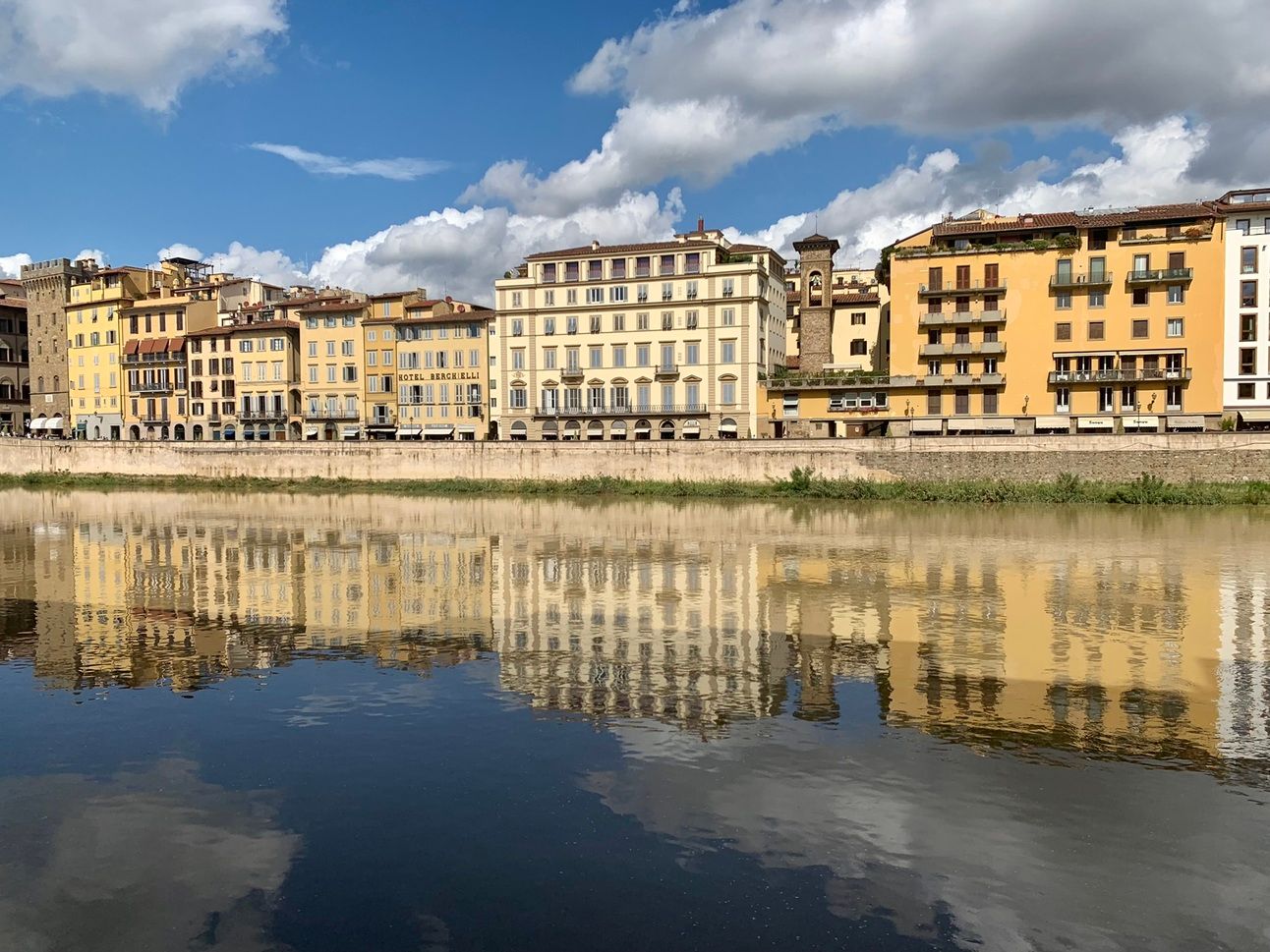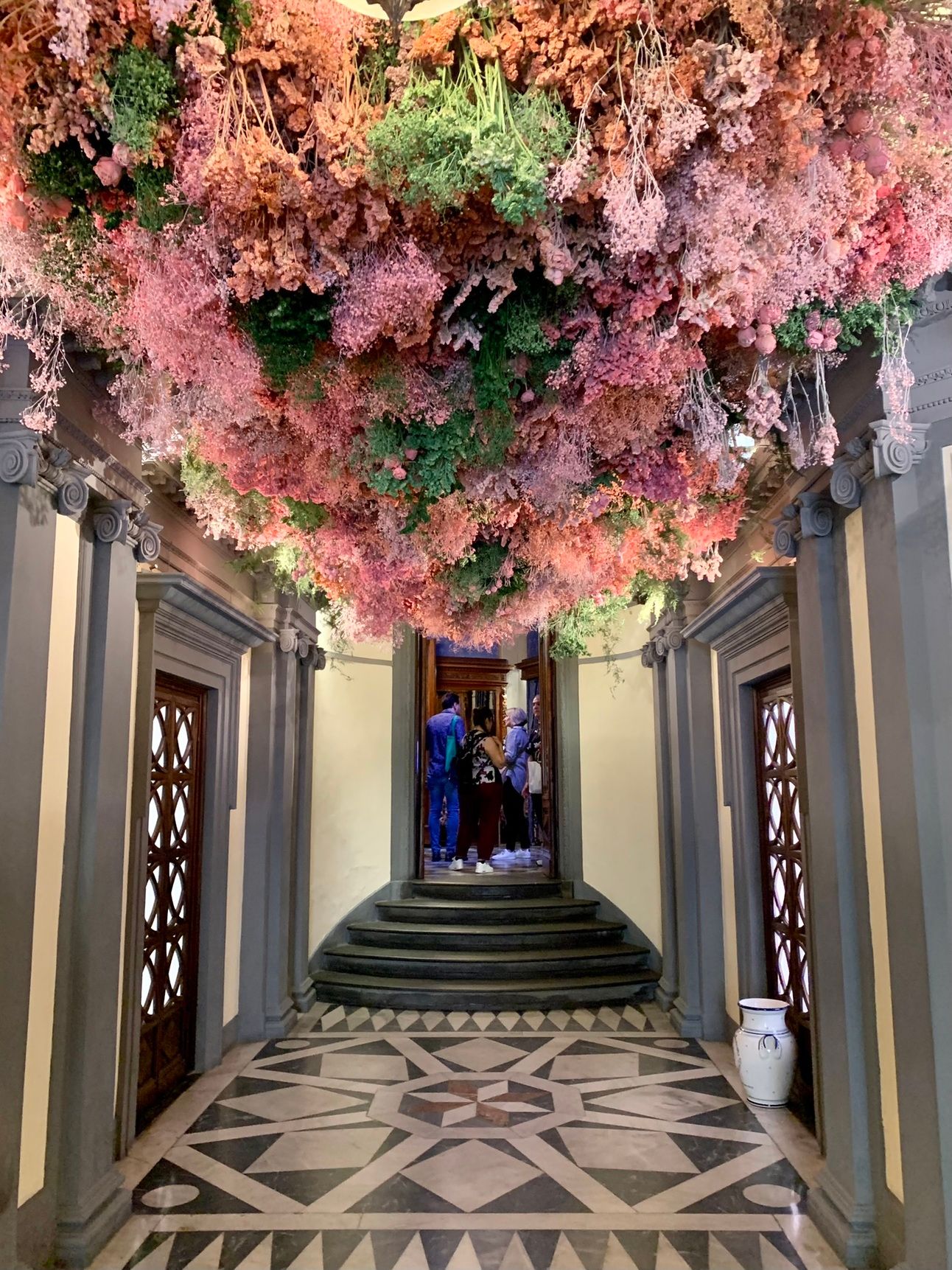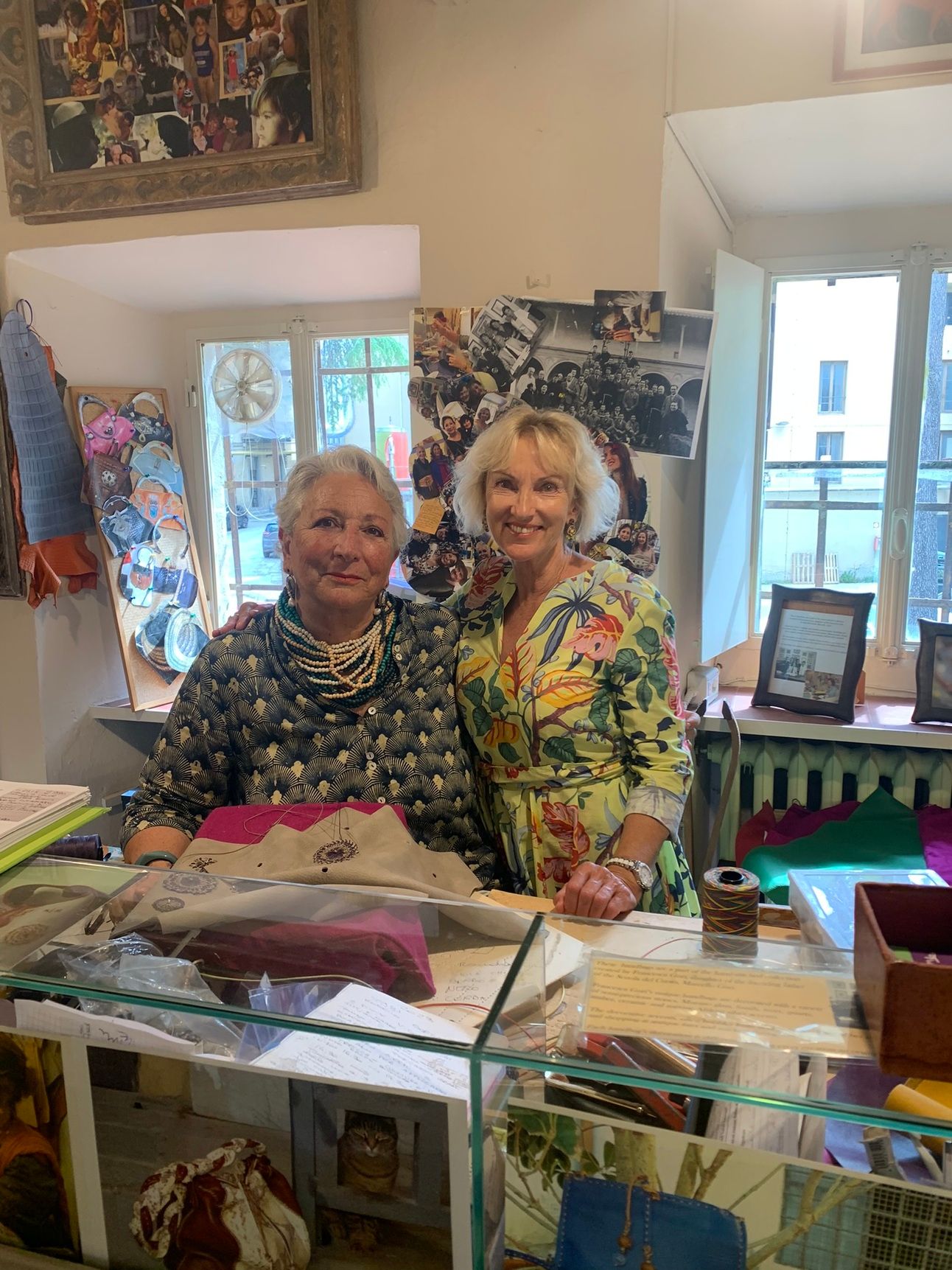Five Things NOT To Be Missed!

The wonderful thing about Florence is that the centro storico is quite small and very walkable. If you only had a day, these are my favourite things to do. More than a day and you can go crazy visiting museums and galleries including the Uffizi Galleria, an illustrious collection of priceless Renaissance art. In fact, the city is home to one third of the most revered art in the world.
A few facts:
Beginning of the 14th century Florence was politically, economically and culturally one of the most important cities in Europe for almost 250 years.
Dante, Petrach and Boccaccio were the first to use a language other than Latin, namely Tuscan, which eventually became the recognised Italian language. This was the beginning of the end of Latin being used throughout Europe. Dante, famous poet and philosopher born in Florence in 1265, is considered the father of the Italian language.
In the 15th century Florence became the cultural centre of Europe and the birthplace of the Renaissance.
Opera was invented in Florence in 1597.
The Medici family were from Florence, perhaps one of the most important families to have ever lived and one that changed the world more than any other.
Many famous artists came from around Florence: Giotto, Donatello, Botticelli, Michelangelo, Leonardo da Vinci.
Pinocchio originated in Florence, written by Carlo Lorenzini who lived in Florence.

1. Mercato Centrale
Central Market
Less than a ten minute walk from Santa Maria Novella train station and the Cathedral, you will find the central market on Via dell’Ariento. It made its debut on the first floor of the historic San Lorenzo market ten years ago in the spring of 2014 to celebrate the 140th anniversary of the original market that opened in 1874.
The designer was Giuseppe Mengoni, who also designed the famous Galleria Vittorio Emanuele in Milan. In 1966 when Florence flooded, part of the market also flooded which led to a first floor being built and the relocation of the fruit and vegetable stands. Over the years, however, locals left downtown Florence and moved to the suburbs and countryside. As modern grocery stores opened, the market lost its popularity and little by little the vendors retired and the market was left empty.
Thanks to the vision of local restaurateur, Umberto Montano, the abandoned upper floor went through a rebirth to return artisans and their produce to the heart of the food scene. Every artisan-manned store has its own workspace to allow them to create their dishes and specialties. And what a sensory overload! Definitely a place to linger and taste the best of fresh Italian produce.

2. The Officina Profumo-Farmaceutica di Santa Maria Novella
The world’s oldest cosmetics and perfume brand
This is a story that is more than 800 years old. In 1221 the Dominican friars founded the convent of Santa Maria Novella and began to cultivate a garden. They began distributing homemade ointments to Florence’s needy. It was tragedy that accelerated the monk’s medicinal know-how. Beginning in the spring of 1348, the Black Death swept through the city, killing more than two thirds of an estimated 100,000 Florentines. Observing how roses in their vineyards fought off parasites, the monks decided to distill rose petals to create a therapy. Unfortunately, it was no use against the plague. However, the holy men had created the perfect antioxidant skin tonic - rose water. The Acqua di Rose is still the Officina’s most popular product - a 644 year bestseller!
In 1533 a 14 year old Florentine, Caterina de’Medici, introduced Santa Maria Novella’s perfume to France when she married the future King Henry II. Her commission from the monks - the rose, rosemary and bergamot Acqua di Santa Maria Novella - is another timeless bestseller. Thanks to the French royal patronage making the perfume famous, in 1612 the monks decided to sell their products to the public, rather than give them away.
The building on Via della Scala, 16, is stunning inside complete with frescoes painted by Mariotto di Nardo, one of the most important painters of the Florentine Renaissance. The pharmacy continues to produce heavenly perfumes, soaps, body lotions, potpourri that is unique and all manner of things from a bygone era, some of which are still made from the original recipes invented by the monks.

3. Scuola del Cuoio
School of Leather
The School of Leather is a treasure brought to Florence with the help of the Santa Croce Church. It is located in a Franciscan monastery that dates back to 1294.
During post World War II, life was not easy in Italy. One of the many challenges they faced was finding a way to educate orphans. In 1950 Marcello Gori found a solution to the problem. He and Father Bernardino Farnetani, a friar of the church, decided to pass on the craft of leather making to the children and opened Scuola del Cuoio in the monastery of Santa Croce. This brilliant idea fostered a place for children to gain skills that would take them off the streets and learn a centuries old tradition to support themselves.
When Italian law made school a requirement for all children in 1970, the School of Leather had to find new apprentices. Their students shifted from orphans to the underprivileged Florentines and later they expanded to offering classes in the city jail. Today, Marcello Gori’s family continues to run Scuola del Cuoio in the same fashion. His legacy is carried on by his three daughters, Laura, Francesca and Barbara and his grandson, Tommaso.

Francesca in her workshop
Francesca has created her own special line of bags known as Le Borse-Gioielli, or Jewel-Bags. In the tradition of her father and Florence, Francesca’s bags have taken artisan craftmanship to the extreme. Each bag is handcut, assembled and stitched, then decorated with unique jewels and beads.
The artisans continue to use the simple tools that they have been using for years that go back to Renaissance times. These are not mass produced pieces from a factory. Instead, each product represents the talent of the artisan who crafted it and the years of tradition behind it. No visible logo or brand name on any products since quality and superior workmanship speak for themselves.
Bags are what the school specialises in, but you can also buy jackets, wallets and belts as well as smaller leather items like bookmarks, coin purses and key chains.

4. To buy or not to buy on the Ponte Vecchio?
The Ponte Vecchio (old bridge) is the only bridge not destroyed by retreating Nazis during the Second World War. From a simple wooden bridge during Roman times to the stone construction of 1345, history has seen it reshaped to serve the needs of the times. It is a symbol of Florence famous around the world. In the 14th century the tanners, blacksmiths and butchers occupied shops. They were evicted at the end of the 16th century and jewellers and goldsmiths moved in and have stayed.
Today many of the family owned businesses have disappeared because the rent is exorbitant which only large companies can afford. Beware if buying as prices can be highly inflated.

The view from Piazzale Michelangelo
5. Piazzale Michelangelo
Cross the Ponte Vecchio and turn left to discover the delightful neighbourhood of San Niccolo with its sleepy streets, artisan shops, centuries of culture, cool places to eat and even a tower to climb. Torre di San Niccolo stands 115 feet tall next to the Arno river. Erected in 1324, it was one of 15 gates leading into Florence and is the only one still standing in its original form. Only 160 steps.
Walk through Giardino Bardini, a beautiful terraced rose garden with spectacular views of the city and head up to Piazzale Michelangelo for more stunning views overlooking Florence and a bronze replica of Michelangelo’s statue of David. The original is in the Accademia Gallery.

View of the Duomo from Giotto’s Bell tower
Bonus: Giotto’s Campanile
Looming over the Duomo is Giotto’s Bell Tower designed by Italian artist and architect, Giotto di Bondone. it was completed in 1359 and took 25 years to build. The free-standing tower is considered the most eloquent example of 14th century Gothic architecture in the city. It is well worth climbing the 414 steps for 360 degree views of the rooftops of Florence and beyond.
Ci vediamo la prossima settimana,
Deb
